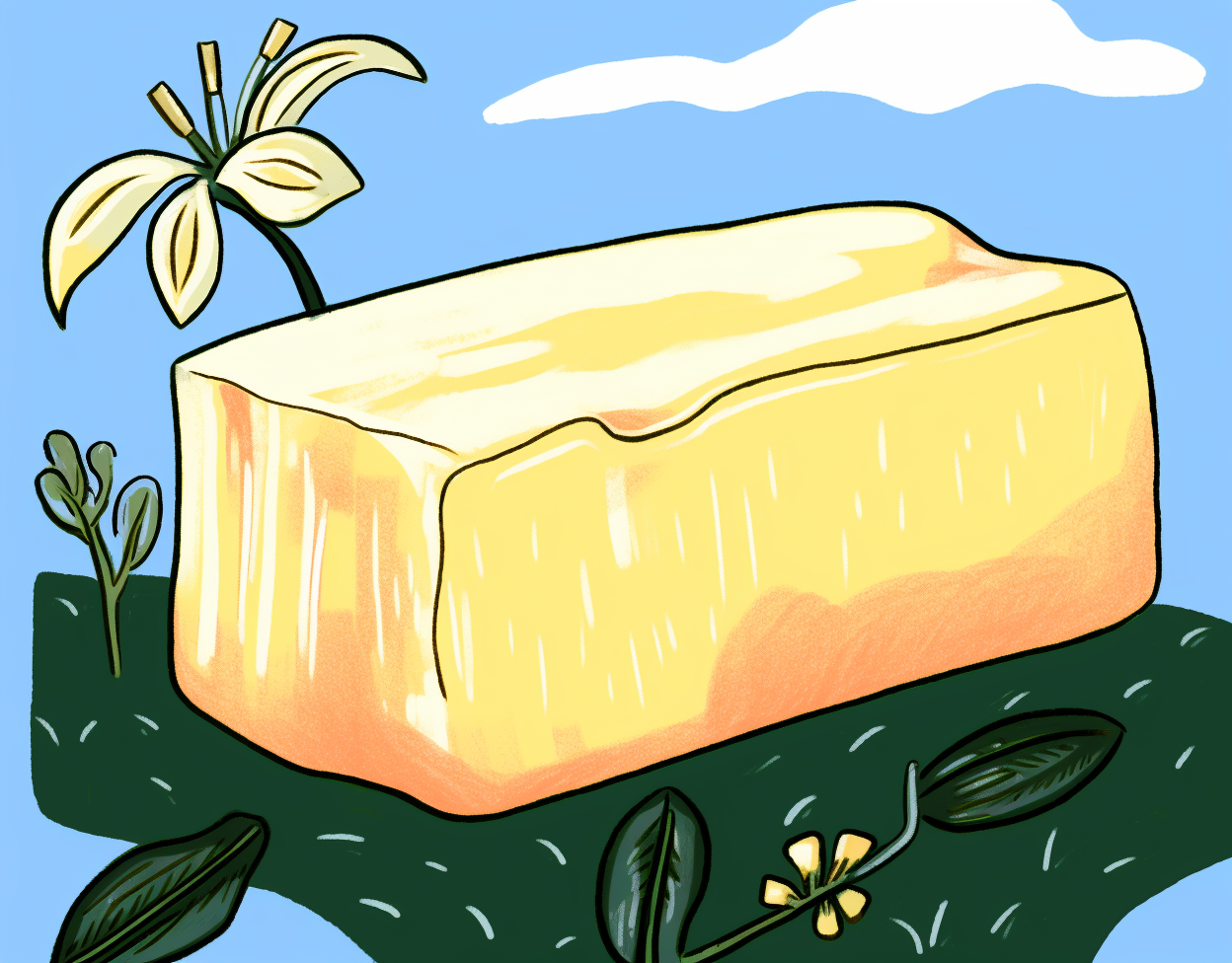Use paper-packaging for butter

When it comes to butter packaging, paper packaging is generally considered to be a more environmentally friendly option than plastic tubs. However, the environmental impact of paper packaging can vary depending on factors such as the source of the paper and whether or not it includes a plastic lining.
Here are some key points to consider:
- Paper packaging is generally biodegradable and can be recycled more easily than plastic packaging.
- According to the UK-based organization Waste and Resources Action Programme (WRAP), paper packaging has a lower carbon footprint than plastic packaging in most cases. However, the specific environmental impact will depend on factors such as the source of the paper and the production process used.
- Some paper packaging for butter includes a plastic lining to prevent the butter from coming into contact with the paper. This can make the packaging more difficult to recycle, as the plastic and paper must be separated.
- If the paper packaging is made from recycled materials, it can further reduce its environmental impact. For example, according to the US Environmental Protection Agency (EPA), recycling one ton of paper can save up to 17 trees, 7,000 gallons of water, and 3 cubic yards of landfill space.
So, while paper packaging for butter can be a more environmentally friendly option than plastic tubs, it is important to consider the specific packaging used and whether or not it includes a plastic lining. Using recycled paper packaging can also help reduce the environmental impact. Therefore it's important to read the labelling.
However, it is worth noting that the environmental impact of packaging is just one aspect of the overall environmental impact of butter production and consumption. Other factors, such as the energy and resources needed to produce and transport the butter, also play a role.